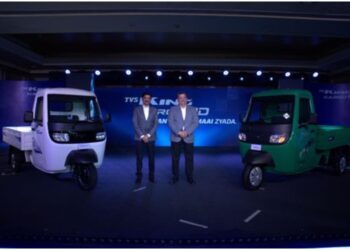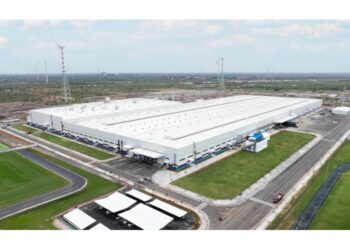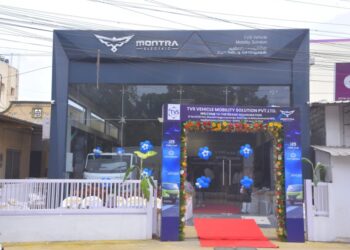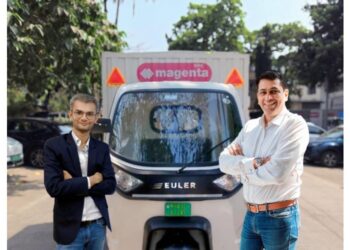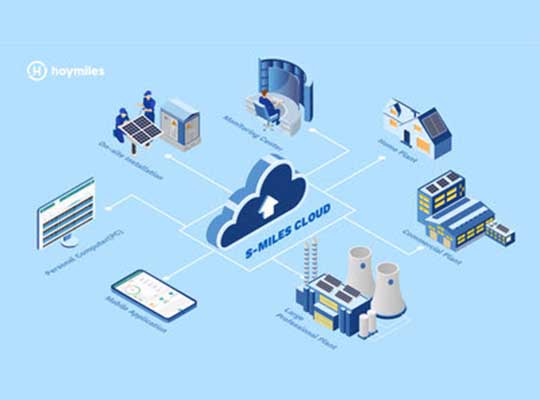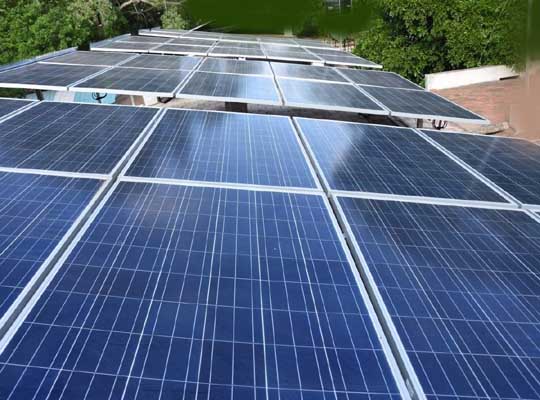Based on the previous, seventh-generation Golf, which itself ended production in late 2019 to make way for its Mk8 successor, the e-Golf was Volkswagen’s first mainstream battery-electric production car.
The e-Golf was launched in 2014 with a range of 118 miles – just over half that of the entry-level ID 3 – and was initially built exclusively at Volkswagen’s Wolfsburg site. Production was scaled up in 2017 to meet demand, with the ‘Transparent Factory’ in Dresden also building the EV.
A 2017 facelift upped battery capacity from 24.2kWh to 35.8kWh for a range boost of around 26 miles. Volkswagen has produced 50,401 units since the update, and a total of 145,561 at both sites throughout the model’s six-year production run, making it one of the most popular electric cars in Europe.
The Dresden factory will now be closed for three weeks, before building its first examples of the bespoke, MEB platform-based ID 3 at the end of January. Volkswagen says more than 28,000 units have already been delivered to European customers since the car launched three months ago.
Named the Transparent Factory for its predominantly glass façade, the Dresden factory has previously produced the Phaeton luxury saloon and VW sister brand Bentley’s Flying Spur.
Danny Auerswald, head of plant of the Transparent Factory, said: “The end of the e-Golf is also the start of the final preparations for the ID 3. In just a few weeks, we will be opening the next chapter for the Transparent Factory.
“After Zwickau, we are the second location in Europe to manufacture vehicles based on the new modular e-drive system. Volkswagen is thus underlining the importance of the Saxon plants in the group-wide E-offensive.”




